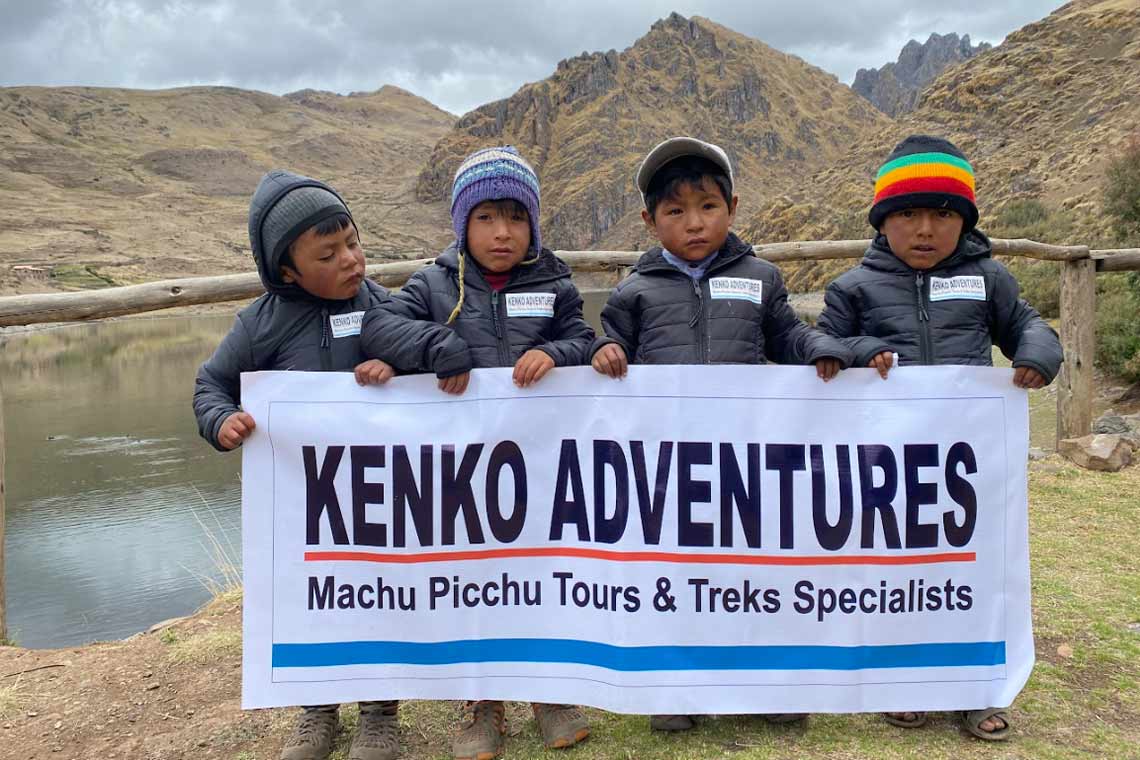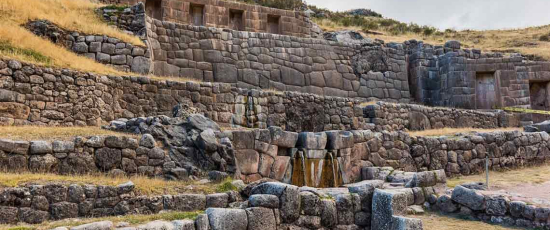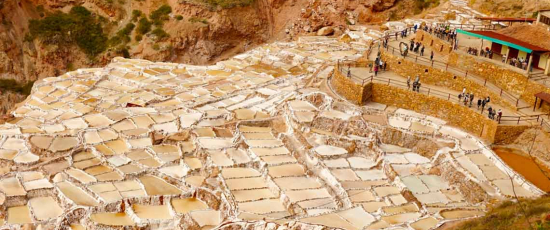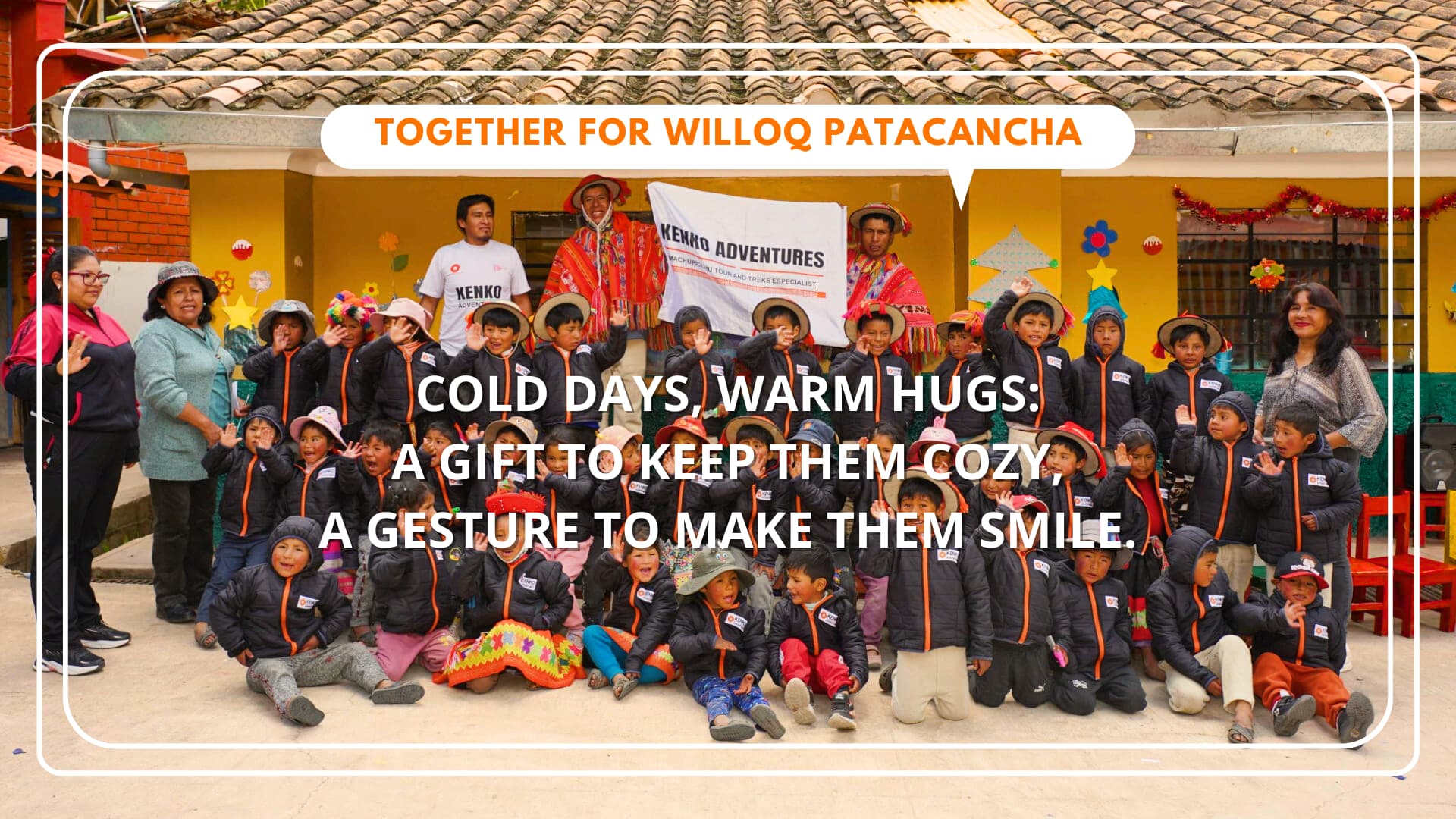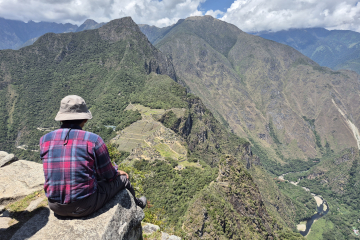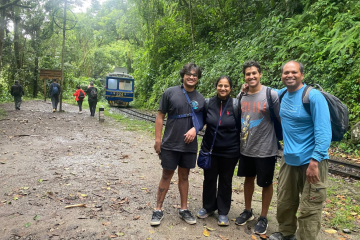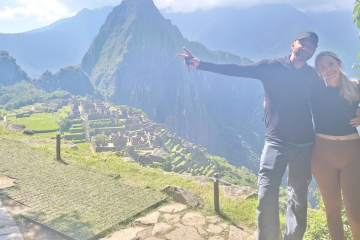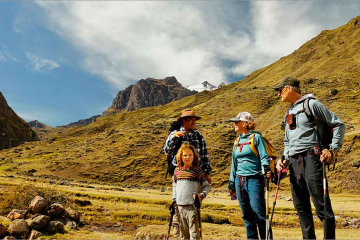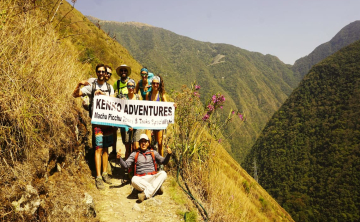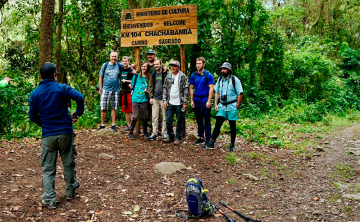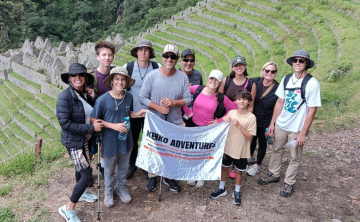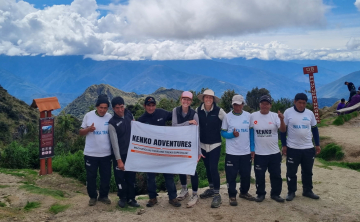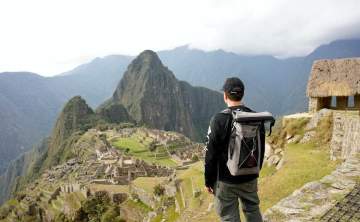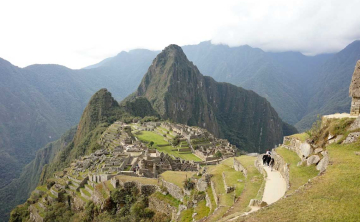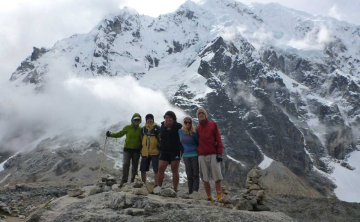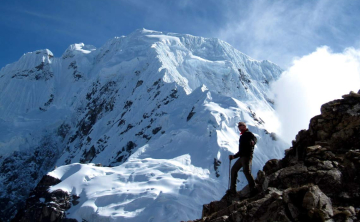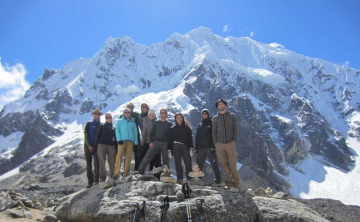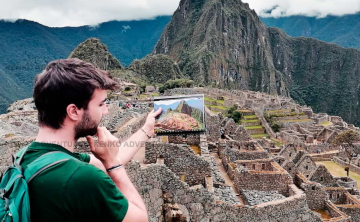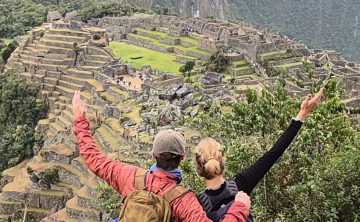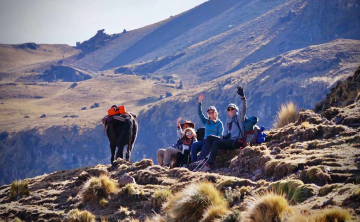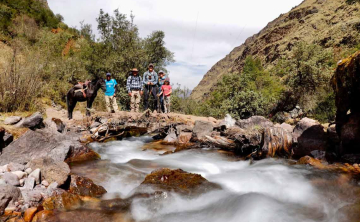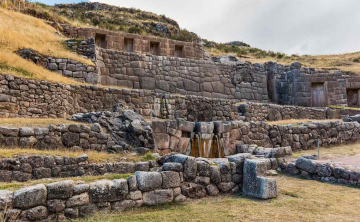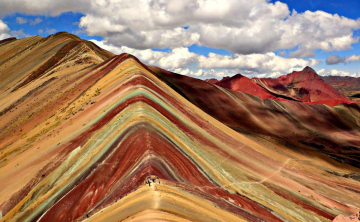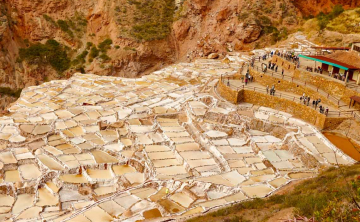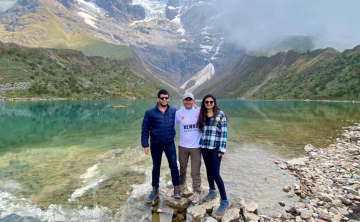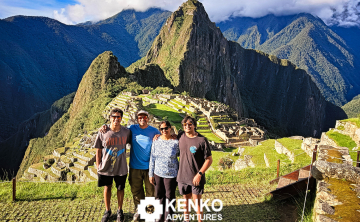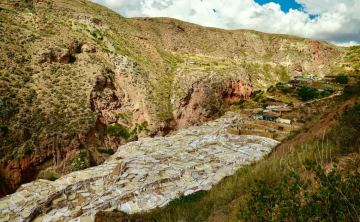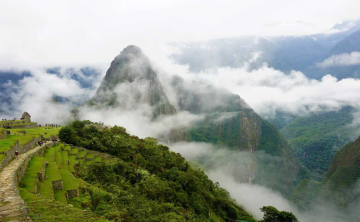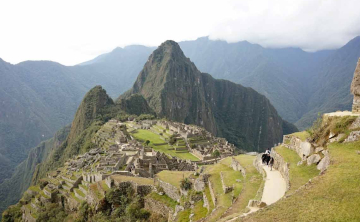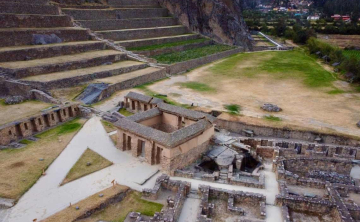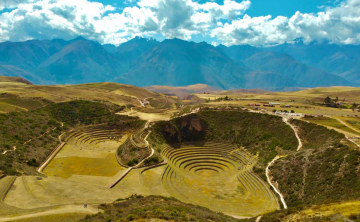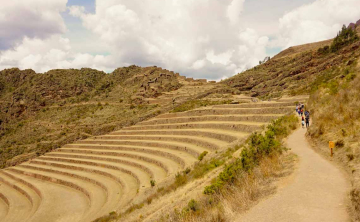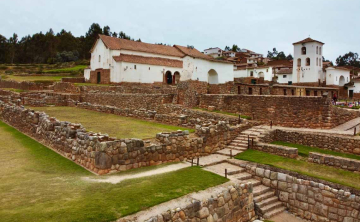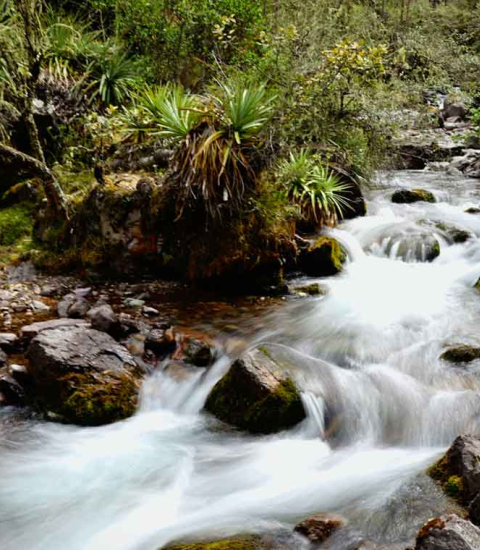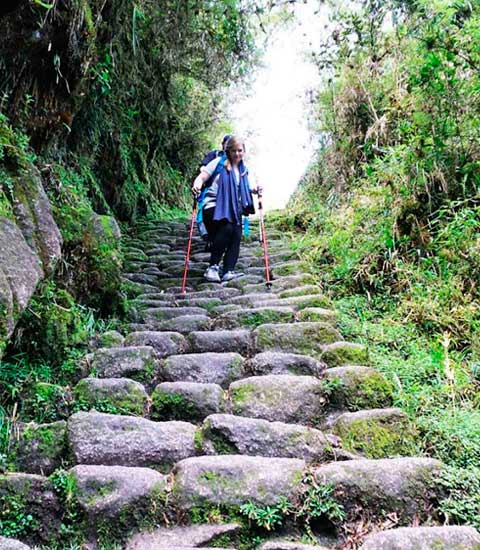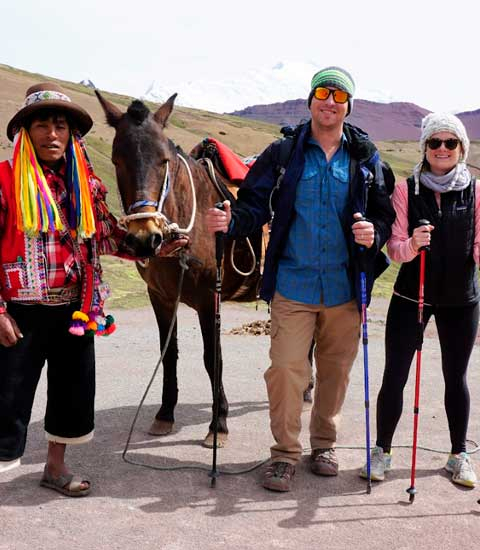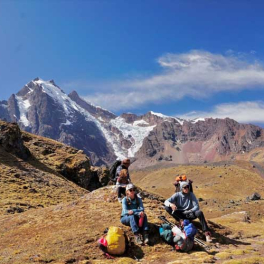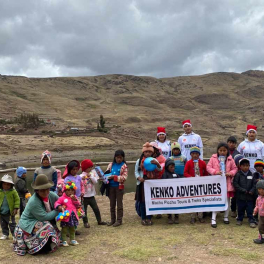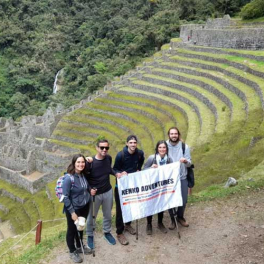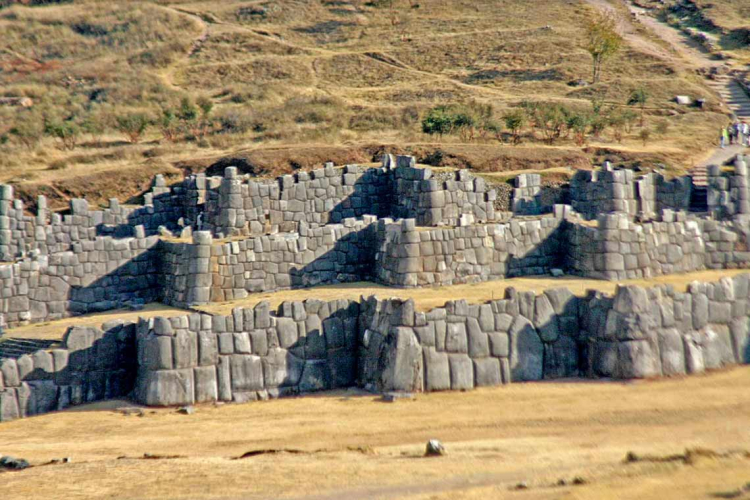

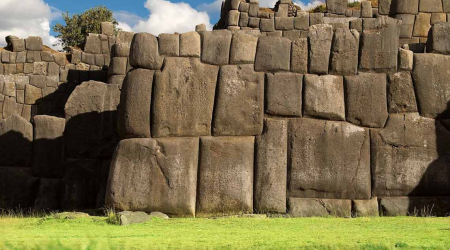
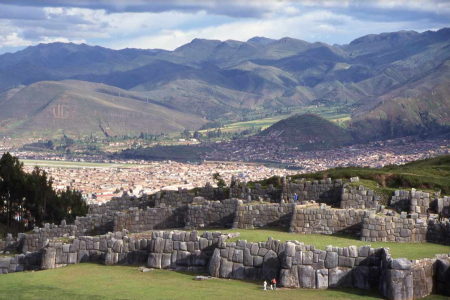
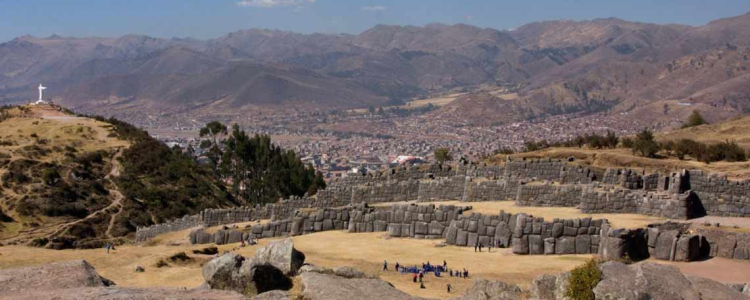





Sacsayhuaman
The Sacsayhuaman (satisfied hawk) is a fortress-temple complex at the northern edge of Cuzco consider the capital of the Inca empire. Built during the Inca emperor Pachacutec (1438-1471 CE) and his dynasty, its huge, well-built walls remain those days as a testimony not only to Inca power is also the skills of Inca architects and their approach of blending their monumental structures harmoniously into the natural landscape. The Sacsayhuaman is still used today for reenactments of Inca-inspired ceremonias like the Sun festival and other celebrations.
Construction
Sacsayhuaman fortress is the largest and bigest structure built by Incas during XV century. It was built on a natural rocky promontory facing the northern fûˋrtil valley of Inca capital of Cuzco. Pottery documentation indicate that the site had previously been occupied by Inca residents. Begun in the reign of the great Inca empire builder Pachacutec Inca Yupanqui, or perhaps his son Thupa Inca Yupanqui in the mid-15th century CE, the design was credited to 4 Inca igineeers: Huallpa Rimachi, Maricanchi, Acahuana, and Calla Cunchui. The first walls were built using mud and clay during the begining of the Inca society because they were a small poor community. Then the Inca govermnet decided to replaced these with magnificent huge stonework which employed huge finely-cut polygonal blocks, many of these rocks are biger than 4 meters height and weighing over 120 tons. To finalize such a massive project 20,000 people were forced to work in under the well-established Inca system of extracting both goods and labour from peoples they conquered. Working in a system of rotation aproximatly 7,000 were given quarrying duties while the other 5,000 dug trenches and laid the foundations. The fortress walls were built in vertical sections, probably, each section being the responsibility of one ethnic labour group.
The Incas were master stonebuilders. Huge blocks were removed, shaped and polished using nothing more than harder stones and bronze tools that is how the archaeologists mention in their documentation. Marks on the stone blocks indicate that they were mostly pounded into shape rather than cut. Blocks were moved using ropes, logs, poles, levers, and earthen ramps and some stones still have nodes protruding from them or indentations which were used to help workers grip the stone. That rocks were roughly hewn in the quarries and then worked on again at their final destination is clearly indicated by unfinished examples left at quarries and on various routes to building sites. The fine cutting and setting of the blocks on site was so precise and perfect located that is why mortar was not necessary. Finally, a finished surface was provided using grinding stones and sand that information is clarify by the archaeologists that still working looking for more documentation.
Design
Cusco city was biult with special puma shape (Puma-mountain lion) and Sacsayhuamna is cosider the head of this Cusco Puma city, if people want to see it just have to walk to Sacsayhuaman to look Cusco and Sacsayhuaman it is easy to see head of this Puma city. The fortress has three distinct terraces which recede backwards on each other. The walls, each reaching a height of 16 metres, are laid out in a zigzag fashion stretching over 550 metres so that each wall has up to 40 segments, which allowed the defenders to catch attackers in a crossfire; a result helped also by the general curvature of the entire fortress facade. In addition, Inca architects very often sought to harmoniously blend their structures into the surrounding natural landscape and the outline of the Sacsayhuaman was similarly built to mimic the contours of the mountain range which towers behind it. This is particularly evident when the sun creates deep triangular shadows between the zigzag terraces in exactly the same way that it does on the mountain range with its peaks and valleys we can see this evidence on sacred valley.
Function
On completion, the fortress was said to have had a capacity for at least 1,200 warriors, but it was rarely needed as the Incas did not suffer invasions from enemy states. Probably, for this reason, Sacsayhuaman was designed as much more than a fortress. The complex included temples, notably one to the sun god Inti, and was used as a location for Inca ceremonies. The Sacsayhuaman was also a major Inca storage depot where arms, armour, foodstuffs, valuable textiles, ceramics, metal tools, and precious metals were kept.
Sacsayhuaman tours
Trip Details
Highlights
Itinerary
Inclusions
Prices Options
FAQS
Packing List
Highlights
Itinerary
Inclusions
Price & Options
Packing List
Reviews for Cusco City Tour
Had a great time exploring Machu Picchu and the sacred valley with Elvis from Kenko Adventures. We also did the short Inca hike and Huayna Picchu hike. My boys and I loved the hikes. July is a great time to go with good weather. Elvis was very knowledgeable, reliable, with very good English and accommodating to our needs with suggestions. All ride connections and transfer of bags was smooth. No problems. I would highly recommend Elvis andãÎ
I had a really great time on my hike to Machu Picchu, the pain is totally worth it. Not only when you see the first glimpse of Machu Picchu but also the incredible landscape on the way. Elvis is a really great guide who makes sure youãre safe and take enough brakes. On top of that he is also really good at taking pictures, which is very rare!
Trip Details
Highlights
Itinerary
Inclusions
Prices Options
FAQS
Packing List
Highlights
Itinerary
Inclusions
Price & Options
Packing List
Reviews for Sacred Valley Day Tour
Our experience with Kinko Adventures on the 2-day Inca Trail to Machu Picchu, culminating with a hike up Huayna Picchu, was truly exceptional, thanks to our incredible tour guide, Elvis. From the start, the trip was well-organized and seamlessly executed, allowing us to focus on the breathtaking journey ahead. Elvis's expertise and passion for the history and culture of the Inca civilization made the trek not just a hike but an educationalãÎ
Had a great time exploring Machu Picchu and the sacred valley with Elvis from Kenko Adventures. We also did the short Inca hike and Huayna Picchu hike. My boys and I loved the hikes. July is a great time to go with good weather. Elvis was very knowledgeable, reliable, with very good English and accommodating to our needs with suggestions. All ride connections and transfer of bags was smooth. No problems. I would highly recommend Elvis andãÎ
Trip Details
Highlights
Itinerary
Inclusions
Prices Options
FAQS
Packing List
Highlights
Itinerary
Inclusions
Price & Options
Packing List
Reviews for 3 days Sacred Valley tour from Cusco
Had a great time exploring Machu Picchu and the sacred valley with Elvis from Kenko Adventures. We also did the short Inca hike and Huayna Picchu hike. My boys and I loved the hikes. July is a great time to go with good weather. Elvis was very knowledgeable, reliable, with very good English and accommodating to our needs with suggestions. All ride connections and transfer of bags was smooth. No problems. I would highly recommend Elvis andãÎ
I had a really great time on my hike to Machu Picchu, the pain is totally worth it. Not only when you see the first glimpse of Machu Picchu but also the incredible landscape on the way. Elvis is a really great guide who makes sure youãre safe and take enough brakes. On top of that he is also really good at taking pictures, which is very rare!
Our experience with Kinko Adventures on the 2-day Inca Trail to Machu Picchu, culminating with a hike up Huayna Picchu, was truly exceptional, thanks to our incredible tour guide, Elvis. From the start, the trip was well-organized and seamlessly executed, allowing us to focus on the breathtaking journey ahead. Elvis's expertise and passion for the history and culture of the Inca civilization made the trek not just a hike but an educationalãÎ
Free warm jacket for my litle friend!
Kenko Adventure Peru founder decided to add a social proyect in all Our tours that means, if you are booking a tour with Us, you automatically are donating a warm jacket for Our litle kids that have very hard living in very cold conditions near by the Andes Mountain
